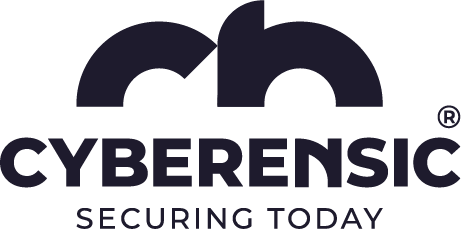Security Architecture & Engineering
Overview:
In today’s evolving threat landscape, security cannot be an afterthought. Cyberensic designs and engineers secure-by-design architectures tailored to your business needs, operational environment, and compliance obligations. Whether you operate on-premises, in the cloud, or in hybrid environments, our security architecture services are guided by Zero Trust principles and defence-in-depth strategies to build resilient and adaptive security models. We ensure your infrastructure is scalable, transparent, and prepared for both internal governance and external audits.
Who it applies to:
- CISOs, CTOs, and IT Leaders looking to align their infrastructure with industry standards and frameworks
- Organizations migrating to cloud or hybrid environments seeking secure transformation
- Enterprises in regulated sectors (e.g., finance, healthcare, government) that must meet frameworks such as ISO 27001, NIST SP 800-53, or CIS Controls
- Startups and mid-sized businesses needing foundational security architecture that scales with growth
- DevOps and platform teams aiming to embed security from design through deployment
Cyberensic’s services include:
- Security Zoning & Network Segmentation: Logical separation of systems to limit blast radius and enforce least privilege
- Zero Trust Architecture Design: Identity-centric models that enforce continuous verification across assets and users
- Cloud Security Posture Reviews: Hardening and misconfiguration detection across Azure, AWS, and M365 environments
- Custom Identity & Access Management (IAM) Frameworks: Fine-grained control balancing user productivity with security requirements
- Secure CI/CD Pipeline Design: Embedding security checkpoints in software delivery lifecycle
- Security Reference Architectures: Blueprint designs for secure deployments aligned with best practices
- Resilience Engineering: Building fault-tolerant systems with layered protections and recovery strategies
- Compliance Mapping: Translating technical controls into auditable outputs aligned to frameworks like ISO 27001 Annex A, NIST 800-53, and Essential Eight
Why it matters:
- Vulnerabilities remain hidden until exploited
- Cloud adoption becomes a source of risk instead of innovation
- Compliance becomes reactive and costly
- Business agility is constrained by misaligned access controls or technical debt


